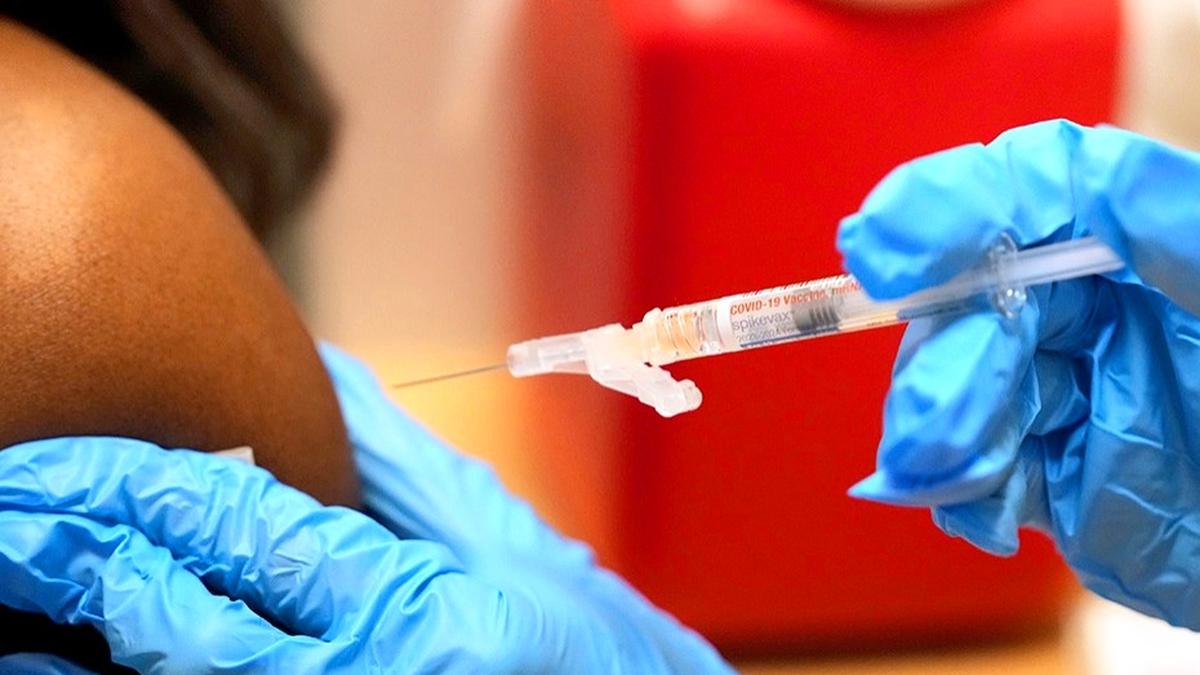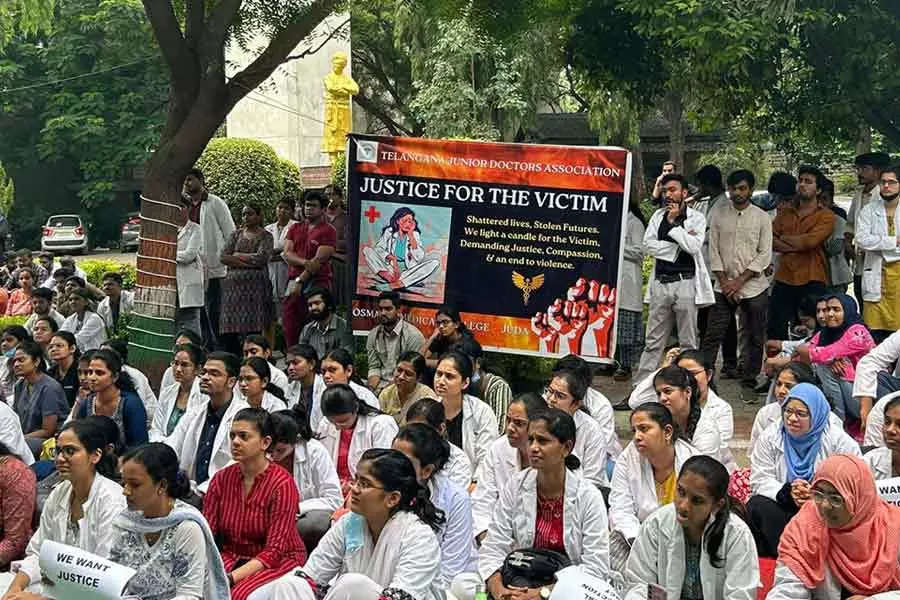MUMBAI: Eight doctors, including a renowned gynaecologist and cardiologist from Mumbai, came together recently to prescribe new obesity guidelines based on associated functional, psychological and metabolic conditions. The guidelines were published last month in the journal of the Association of Physicians of India.

Indian doctors have hitherto been following the 1991 guidelines prescribed by the National Institutes of Health (NIH), USA, which give importance only to the concept known as Body Mass Index (BMI). The new guidelines prescribed by the doctors maintain that if a person has moderate obesity and co-morbidities, the grade of obesity should be rated higher and the patient should be treated for obesity.
BMI is a numerical value of a person’s weight in relation to their height. Dr Neeta Deshpande, diabetologist and obesity physician, said that according to the guidelines followed in India, a person is considered overweight when their BMI is between 23 and 25 kg/m2, while a person with a BMI over 27.5 kg/m2 is considered obese.
“However, the grade of obesity should be defined based on the metabolic, physical and mental well-being of the individual,” pointed out Pune-based bariatric surgeon Dr Shashank Shah. “Our new guidelines give as much importance to life-compromising conditions as life-threatening ones.”
As per the new guidelines, the doctors have graded obesity into four stages for preventive action. Dr Shah, who recently treated a 47-year-old merchant navy officer weighing 95 kg with a BMI of 30.3, gave his example to explain why obesity grading is important. “There are many patients with diabetes who have a lower body weight,” he said. “As per the old guidelines that Indian doctors were following, the officer did not have a BMI that needed medical management. However, he had sleep apnea, diabetes and hypertension, backache and depression. We started him on medical management for obesity.”
Dr Shah said that all the co-morbidities were resolved with the treatment and the officer felt much better. “People with morbid obesity and co-morbidities like diabetes and hypertension should be given medical and surgical treatment for obesity,” he said. “At the international level, these new guidelines have already been implemented. They should in India too, which is known as the diabetes capital despite having one of the youngest populations in the world.”
Dr Deshpande said that obesity was “the mother of all metabolic diseases, including cancer, Type 2 diabetes and hypertension”. “It also causes mechanical disorders such as arthritis of the knees, not to forget mental disorders such as anxiety and depression,” she said. “The economic burden on the individual, community, and the country can be enormous.”
Dr Nandita Palshetkar, gynaecologist and IVF specialist, said the objective of coming out with the guidelines was to form a list of expert recommendations and an easily adaptable algorithm for obesity management in India by primary care physicians. “During the Covid-19 pandemic, we saw how obesity was a significant contributor to other co-morbidities,” she said. “The treatment for obesity needs to be individualised, and factors such as patient psychology, presence/absence of comorbidities, available pharmacologic agents, and long-term outcomes need to be taken into consideration.”
Dr Palshetkar pointed out that the Indian population was prone to developing excess fat accumulation around the waist, especially around the internal organs such as the liver and the pancreas. “This can be the starting point for metabolic diseases such as diabetes,” she said. Added Dr Deshpande, “Abdominal obesity in women typically develops during their thirties and forties. Unfortunately, the Indian population that has abdominal obesity and metabolic syndrome is at higher risk for cardiovascular disease, irrespective of their body mass index.”









